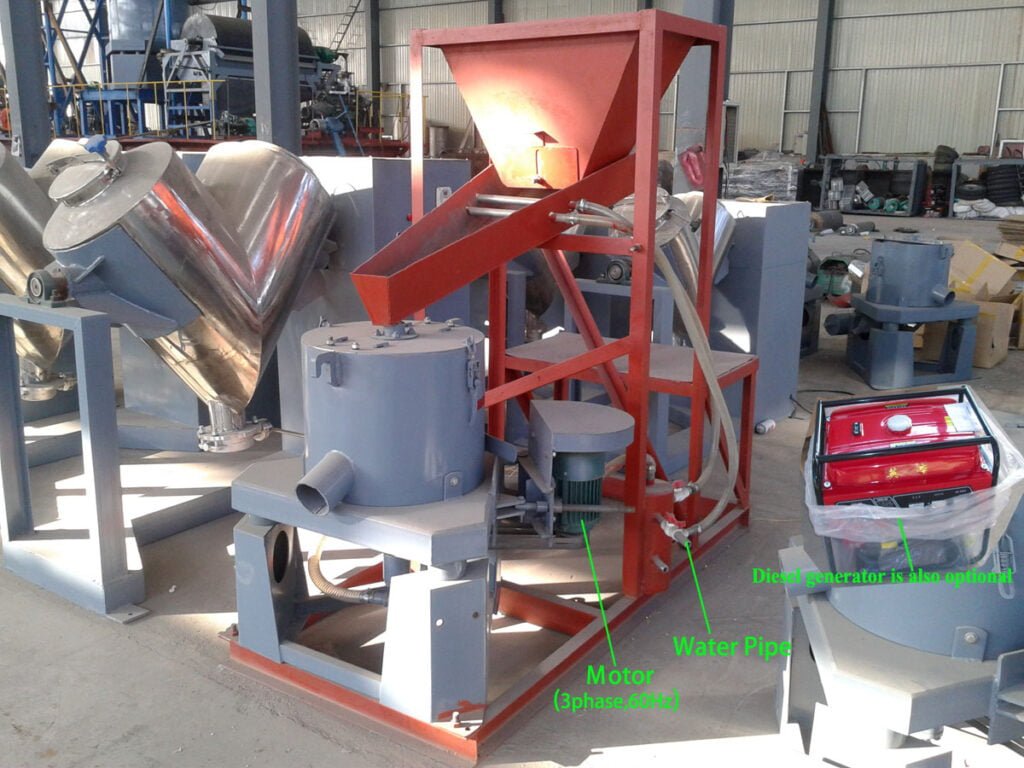
The Environmental Impact of Gold Mining and How to Mitigate It
Keywords: Environmental Impact, Gold Mining Equipment, Sustainable Mining
Introduction to the Environmental Impact of Gold Mining
Gold mining has long been associated with environmental degradation. The process of extracting gold from the earth can lead to deforestation, water pollution, and habitat destruction. However, with the right equipment and practices, it is possible to mitigate these environmental impacts. This article explores the environmental impact of gold mining and offers solutions for more sustainable practices.
Deforestation and Habitat Destruction
One of the most significant environmental impacts of gold mining is deforestation. Large areas of forest are often cleared to make way for mining operations, leading to habitat destruction and loss of biodiversity.
- Responsible Land Use Planning: Miners can reduce the impact of deforestation by implementing responsible land use planning. This includes selecting mining sites that minimize the need for clearing forests and restoring vegetation after mining operations are complete.
- Reforestation Efforts: Reforestation is a critical step in mitigating the impact of deforestation. By planting trees and other vegetation in mined areas, miners can help restore habitats and promote biodiversity. Some modern gold mining equipment is designed to work in conjunction with reforestation efforts, minimizing the disturbance to the land.
Water Pollution from Gold Mining
Water pollution is another major concern associated with gold mining. The use of toxic chemicals, such as cyanide and mercury, in the extraction process can contaminate water sources, posing risks to aquatic life and human health.
- Cyanide-Free Gold Extraction: One of the most promising developments in sustainable gold mining is the use of cyanide-free extraction methods. These methods use less toxic alternatives, such as thiosulfate or chlorine, to separate gold from ore. By eliminating the use of cyanide, miners can significantly reduce the risk of water pollution.
- Water Recycling Systems: Implementing water recycling systems can also help reduce the environmental impact of gold mining. These systems capture and treat water used in the mining process, allowing it to be reused and reducing the need for fresh water. This not only conserves water resources but also minimizes the release of contaminated water into the environment.
Air Pollution and Carbon Emissions
Gold mining can also contribute to air pollution and carbon emissions. The use of heavy machinery, transportation of materials, and processing of ore all generate greenhouse gases.
- Energy-Efficient Equipment: Investing in energy-efficient gold mining equipment can help reduce carbon emissions. Modern equipment is designed to use less energy while maintaining high levels of productivity, making it a more sustainable choice for miners.
- Alternative Energy Sources: Some mining operations are turning to alternative energy sources, such as solar or wind power, to reduce their reliance on fossil fuels. By incorporating renewable energy into their operations, miners can lower their carbon footprint and contribute to the fight against climate change.
Waste Management in Gold Mining
Waste management is a critical aspect of sustainable gold mining. The extraction process generates large amounts of waste, including tailings, which can be harmful to the environment if not properly managed.
- Tailings Management Systems: Modern tailings management systems are designed to minimize the environmental impact of waste. These systems can stabilize tailings, preventing them from leaching harmful substances into the soil and water. Additionally, some systems allow for the reprocessing of tailings to extract any remaining gold, reducing waste and improving resource efficiency.
- Waste Reduction Strategies: Implementing waste reduction strategies can also help minimize the environmental impact of gold mining. This includes optimizing the extraction process to reduce the amount of waste generated and finding ways to repurpose or recycle waste materials.
Conclusion: Moving Towards Sustainable Gold Mining
While gold mining has historically had a negative impact on the environment, it is possible to mitigate these effects through responsible practices and the use of modern equipment. By adopting sustainable mining techniques, such as reforestation, water recycling, and the use of energy-efficient equipment, miners can reduce their environmental footprint and contribute to a more sustainable future. The key to achieving this lies in continuous innovation and a commitment to environmental stewardship.
GOLD SORTING EQUIPMENT

No responses yet